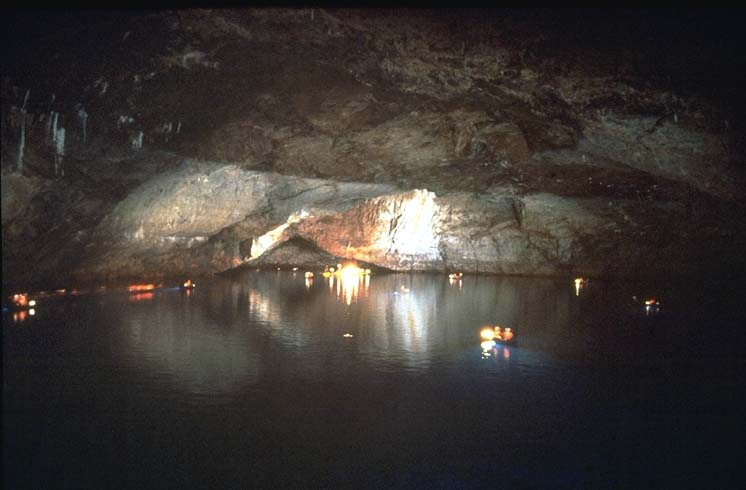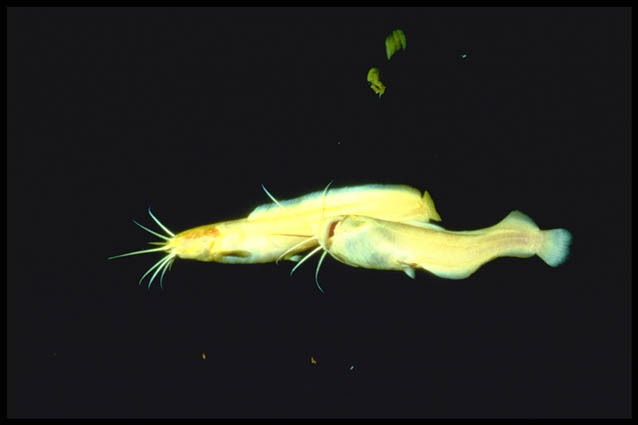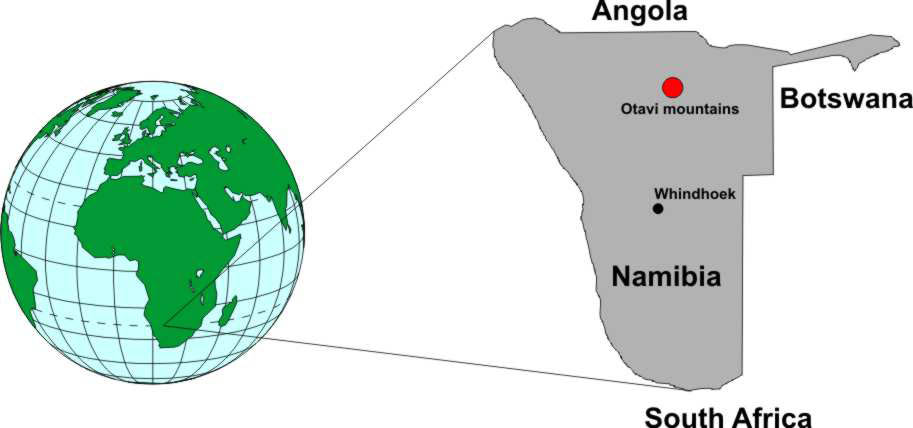
Euro Africanan joint cave expedition
- Summer 2010 -

Namgrows 2010
Namibian ground wather system
Euro Africanan joint cave expedition - Summer 2010 - |
TECH AREA
| ||||
 |
middle shaft of the Dragon's Breath cave |
|
 |
last shaft before the lake of the Dragon's Breath cave |
|
 |
lake at the base of the Dragon's Breath cave
|
|
 |
Two cavers fully geared are ready to enter the Dragon’s Breath. Several karabiners and pitons are necessary to lay the ropes down to the lake surface. A complete visit often takes from 8 to 12 hours, while many days are needed to carry all equipment necessary for diving into the lake. |
|
 |
During the first expedition, in 1989, two cave divers explored the underground lake of Dragon’s Breath down to 93 m. The filming of the dive was made possible by the extreme visibility of more than 50 m. |
|
 |
The main shaft is 84 m, then a sloping ledge takes to the lake, 30 m below. Along the NE wall an iron ladder left from the first explorers in late ‘50s is still visible. | |
 |
Gamkarab is another important underground lake, tapped with a well (see the casing in the centre). | |
 |
Otjikoto is one of the two natural basins in Namibia and was formed by the collapse of the roof of a previous underground lake. | |
 |
Cave research often starts in the office. Here expedition members check aerial photographs for new entrances hidden in the bush, at the Ministry of Land and Survey in Windhoek. |
|
 |
measuring the water depth in a water well, can help understanding ground water flow directions. In fractured aquifers the water flow reaches up to 50-100 m/hr preventing any natural attenuation as in porous aquifers. Some big underground lakes are still used for delivering water to cattles and humans causing some pollution and a drop in water level of over 30 m since the ‘70s. |
|
 |
Some less known inhabitants of the caves are spiders. The one in the picture is the well known “Sicarius” whose bite is fatal for humans. Its webs are often spun on the muddy bottom of the passages. (Namibian National Museum) |
|
 |
The blind fish Tilapia guinasana is endemic of an underground lake in Namibia |
|
 |
a stalagmite recovered from the bottom of the Wack-Doom shaft. The dating performed by dr E. Marais showed an age of nearly 6000 years and that the bottom of the cave was probably underwater for some time. | |
 |
3D sketch of the hilly area around Dragon’s Breath. |
|
 |
The survey of this cave took almost three days to complete. Two old casing wells are still in the shaft. When tey were drilled the water level was some 30 meters higher, but abstraction and scarce precipitation lowered the water, so they were later abandoned. |
|
 |
Geographical classification | |
 |
map of Namibia |
|